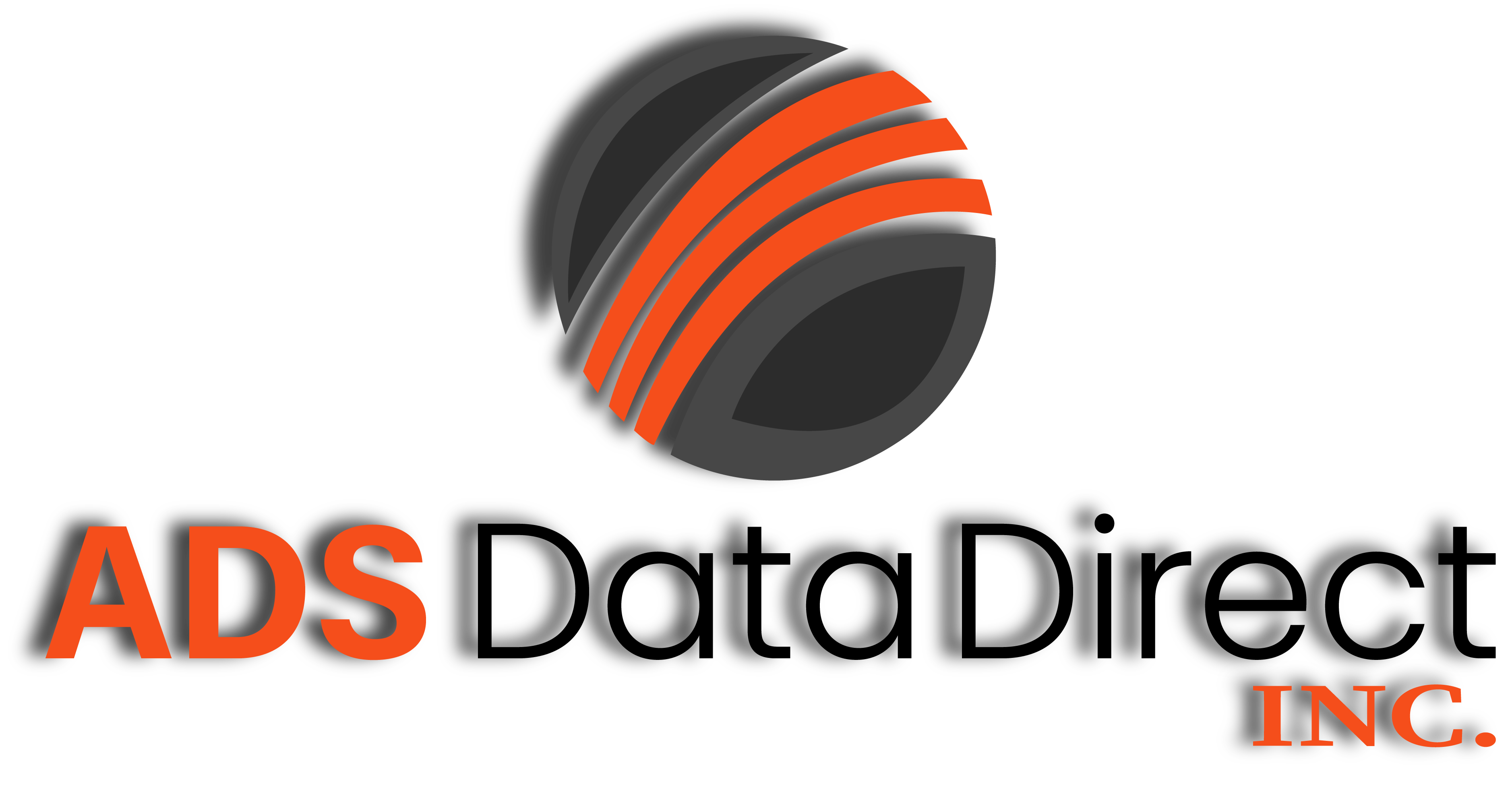Click Fraud is Eroding the Integrity of the Digital Ads Industry
Everyone has seen this: A couple of yellow-page books sitting on your front step when you come home at the end of the day or a giant pile of yellow-page books sitting in a pile near the mailboxes if you live in an apartment building. I haven’t used a printed directory for about 15 years and you’re likely the same so you throw them in the recycle bin or, at the apartment building they sit there day after day getting wet from the rain. Eventually, they wind up in the dumpster.
As a marketing professional, it pains me to see this and I always think “What a huge waste of advertising money! People paid thousands of dollars to promote their businesses, and all for naught.”

People today advertise on the Internet where their ads will be seen, right?
That’s not entirely accurate. Your ads will likely end up in the digital dumpster unless you are working with the right people.
Here’s why:
Advertisers place ads online where they often pay only when their ads are viewed, and this process is known as pay-per-click. It seemed foolproof until scammers figured out how to write malicious programs – called “bots” – that “click” on the ads and now that scam is out of control. A human consumer never sees the ad, but the unfortunate advertiser still pays for the marketing company that placed the ad. This is called “click fraud” and it’s not just unfair, it’s stealing.
What are Digital Ads?

Publishing promotional content on websites, search engines, social media, and other programs that can be accessed digitally is known as digital ads.
Given that most consumers spend their free time online, digital ads enable you to reach your target market there. its capability to take advantage of the popularity of well-known websites like Facebook, YouTube, Yelp, Google Search, and others. They offer you ad space on their websites in exchange for services they provide to their own clients. When you place an ad on a platform that your customers adore, you are essentially supporting it.
With this type of advertising, you can deliver the right message to the right audience at the ideal moment. You might believe that your newspaper, flyer, or radio advertisements are already accomplishing this. But as we examine digital campaigns together, it will become clear how much the standard for advertising is being raised by digital ads. To manage, track, analyze, and improve online advertising campaigns, digital ads use tools that are based on the internet. Ads on Twitter, Pinterest, or Yahoo aren’t the only form of digital ads. When done correctly, digital marketing seamlessly integrates into the website experience of your target customer, directing them back to your own website and company. It does so in an unobtrusive and natural manner. For maximum relevance to your target audience, digital ads can be personalized. Increased conversion rates result from this. Due to its digital nature, you can virtually track every move your customer makes in relation to your advertisement. By doing this, you can generate an ROI that is not feasible using any other method.
What is Digital Ads Fraud?

Companies and advertisers gather information about advertisements in the online environment, such as who views them and who clicks on them. In reality, fake ad traffic means that these advertisements have only been “seen” by a bot, a person operating a “click farm” who is tapping on numerous screens, or even by nothing at all.
Digital ads fraud is, more specifically, the act of falsely reporting traffic, clicks, conversions, impressions, or data events. Banner ads, in-app ads, video ads, affiliate marketing, and search marketing are just a few of the numerous mediums and formats that are impacted by the complex phenomenon of ad fraud, which harms legitimate businesses. Fake ad traffic is widespread, despite the fact that there are no precise statistics available. One estimate claims that 88% of clicks on digital ads are fake.
Fake ad traffic exists for a variety of reasons. Bots are sometimes used to spread false information, but they must appear “real” by participating in other posts, such as liking particular advertisements. Or, one of the more effective methods of generating fake ad traffic employs a sizable network of bots that have been programmed to appear real and genuinely enthusiastic about purchasing one or more expensive items. Then, businesses use those bots to increase the perceived value of a variety of websites created by the bot owners, on which they then charge a high price for the right to place advertisements.
Fraud in Digital Ads…

Although ad fraud can take many different forms, it always aims to steal your advertising budget by directing phony traffic to your campaign or generating phony conversions.
Since the early 2000s, several ad fraud techniques have changed and developed, making today’s scammers more cunning and deceptive than ever. It’s critical to first comprehend the signs of fraud and the preventative measures you can take to secure your campaigns in order to prevent ad fraud. Here are the most common kinds of ad fraud;
- Click Flooding – A type of mobile fraud in which partners send numerous clicks from actual devices in an effort to get the final click before an install, taking credit for both organic and paid users.
- Unauthorized Rebrokering – A partner brokering offers to another network, resulting in payout deflation and loss of control over where the campaign runs. Rebrokering is frequently a source of contract violations.
- Click Spam – A type of fraud where a fraudster performs clicks behind the scenes of actual user engagement in an app, frequently going unnoticed by the user. This can happen when a user is actively using an app and the app is set up to run continuously in the background or simultaneously.
- Falsifying User Data – In an effort to conceal the fact that these conversions are fraudulent, those attempting to obtain CPAs through unethical means will alter their IP addresses and other identifying details that would show up in a User Agent String. The bad actors will then insert false consumer information into the call to action, hoping the marketer won’t notice.
- Click Injection – Click injection, a sophisticated form of click fraud specific to Android devices, involves the fraudster using malware to steal installs. When a user downloads an app from the app store, malware is concealed inside. The malware will then send a click to claim credit for that install.
- Form Stuffing – Offer forms are frequently filled out by customers without being submitted. The information from the abandoned form is taken by fraudsters, who then “stuff” additional forms with it to make it appear as though the user is interested in a variety of offers. By doing this, the fraudster will be given credit for those signups while the consumer unknowingly receives communications from marketers.
- Distribution – These partners frequently revert to randomly generating engagement over a period of several hours, which is unusual for partners who are running real, quality traffic because fraudsters are unable to predict which devices or IPs their fraudulent clicks will convert on.
- Fraud Bots – The prevalence of bots, one of the most popular forms of fraud, is alarming. A bot is a piece of code created to mimic human behavior, such as installing software and engaging with users afterward.
- SDK Spoofing – A type of bot-based fraud known as SDK spoofing frequently uses malware that is concealed inside an app. To steal the attribution from the application where the malware is hidden, the fraudster will generate a click, install, or engagement.
How is ADS Different?

ADS Data Direct does not and never will engage in this type of activity. We learned over the years that companies who advertise with us won’t be our customers very long if they don’t see results. And we mean results in the form of sales, not a bunch of hocus-pocus charts that say we’re doing a great job.
Several years ago we embarked on a program to beat the bots. We developed software that identifies the difference between a real, human, click on an ad and a computer program that simulates a click.
A man named Sy Sims became very successful by using a common-sense slogan to summarize his business model. In every television commercial, Mr. Syms would say “An educated consumer is our best customer,” and we embrace that philosophy. Our proprietary software ensures that traffic to your website or to your ads is coming from real consumers and in most cases it will come from people who have already expressed interest in your business. That’s the power of superior data and advanced technology.
If you are a company spending a lot of money on digital ads but not getting the results you need please call us and let’s start a conversation. Experience has taught us what works and what doesn’t work for virtually all industries. We’ll show you how we get results.
Conclusion on Digital Ads
If you are a marketer looking for a source for solid data and quality traffic to better serve your clients, contact us for a consultation. We are committed to cut through the confusion and deliver results for your clients.


